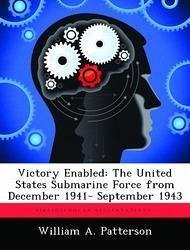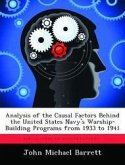The Japanese attack on Pearl Harbor on December 7 1941 destroyed the centerpiece of the United States Navy's Strategic concept, the Battleships, and left in doubt the ability of any surface craft to openly contest the Japanese Imperial Navy west of Midway Island or north of Australia. The only offensive weapons the United States navy could immediately employ against the Imperial fleet were the airplane and the Submarine. Unfortunately, the U.S Submarine Fleet failed to significantly impede the Japanese conquest of the Western Pacific, and proved largely ineffective through the middle of 1943. This paper will analyze the factors that contributed to the poor performance of the early World War II Submarine fleet; pre-war training, pre-war submarine strategic employment considerations, and sub-standard weapons. In addition this paper will analyze the critical contributions during this first part of the war that brought submarine successes that began in late 1943 that continued through the end of the war. The paper will conclude with an examination of the lessons learned from the early World War II submarine force looking for lessons relevant today as the submarine force continues it's transformation to improve its effectiveness in combating the current Global War on Terror (GWOT).








